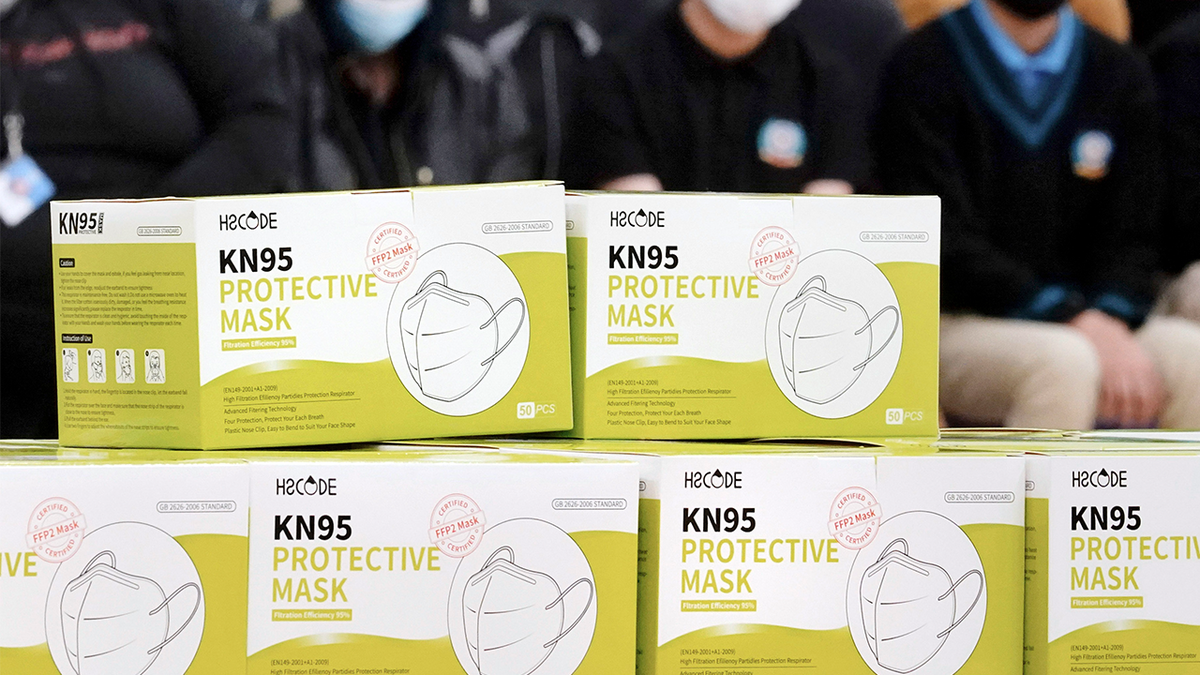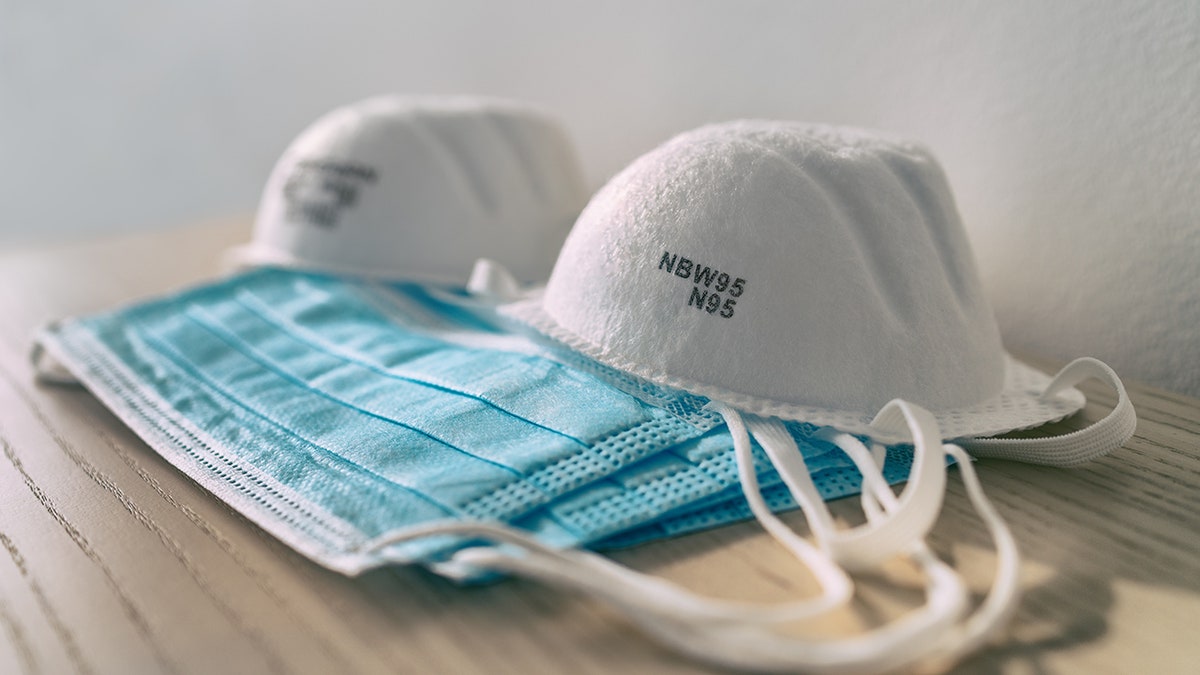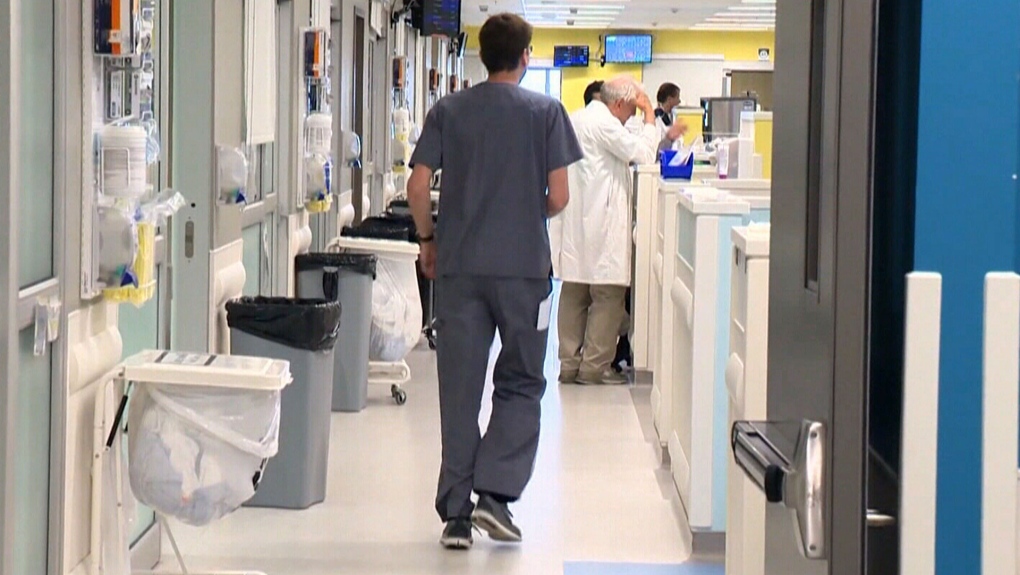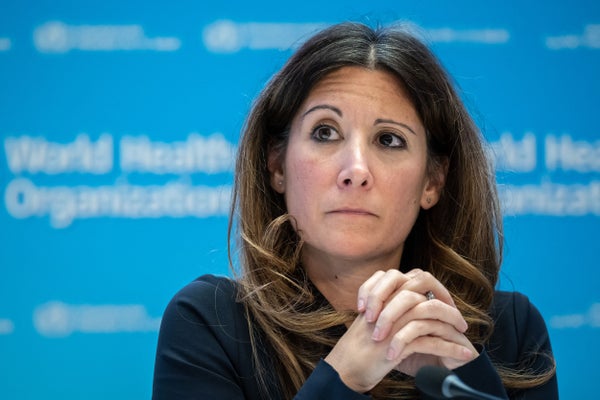“We’re still in a pandemic,” says a lead COVID official with the World Health Organization

www.scientificamerican.com
Rampant COVID Poses New Challenges in the Fifth Year of the Pandemic
“We’re still in a pandemic,” says a lead COVID official with the World Health Organization
BY
MEGHAN BARTELS
WHO's Covid-19 technical lead Maria Van Kerkhove looks on during a press conference at the World Health Organization's headquarters in Geneva, on December 14, 2022.
Credit:
Fabrice Coffrini/AFP via Getty Images
Public Health
For four years now, either as a physical virus or as a looming threat, the COVID-causing pathogen SARS-CoV-2 has been the elephant in every room—sometimes confronted and sometimes ignored but always present. While
once we dreamed of eradicating COVID, now much of society has resigned itself to SARS-CoV-2’s constant presence—a surrender that would once have been unthinkable.
Worldwide, there were more than 11,000 reported deaths from COVID between mid-December 2023 and mid-January 2024, and more than half of those deaths occurred in the U.S. In that same time frame, nearly one million cases were reported to the World Health Organization globally (although reduced testing and reporting means this is likely a vast undercount). In particular, epidemiologists are monitoring the newest variant of SARS-CoV-2, JN.1, and looking for any signs that it may be more severe than previous strains.
Although the WHO declared an end to the COVID public health emergency in May 2023, the organization has emphasized that
the pandemic isn’t over—it’s just entered an endemic phase, which means that the virus will continue to circulate indefinitely. Throughout the past four years, Maria Van Kerkhove, now interim director of the WHO’s Department of Epidemic and Pandemic Preparedness and Prevention, has helped lead the agency’s response to COVID.
Scientific American spoke with Van Kerkhove about entering the fifth year of a pandemic that many want to ignore despite its permanent impact on lives around the world.
[
An edited transcript of the interview follows.]
How would you describe the overall state of COVID at this point in the pandemic?
COVID’s not in the news every day, but it’s still a global health risk. If we look at
wastewater estimates, the actual circulation [of SARS-CoV-2] is somewhere between two and 20 times higher than what’s actually being reported by countries. The virus is rampant. We’re still in a pandemic. There’s a lot of complacency at the individual level, and more concerning to me is
that at the government level.
Lack of access to lifesaving tools such as diagnostics, therapeutics and vaccines is still a problem. Demand for vaccination is very low around the world. The
misinformation and disinformation that’s out there is hampering the ability to mount an effective response. So we feel there’s a lot more work to do, in the context of everything else—[we no longer have a] COVID lens only, of course, but using
masks for respiratory pathogens that transmit through the air is a no-brainer—plus vaccination, plus distancing, plus improving ventilation. People are living their life; we’re not trying to stop anyone from doing anything, but we’re trying to work with governments to make sure they do that as safely as possible.
We don’t know everything about this virus. Even in year five, there’s still a lot of research that needs to be done.
What’s it like emotionally to be so deep in trying to understand and respond to the pandemic?
It’s pretty incredible. I mean, I can’t believe we’re entering year five of COVID.
There are some massive mental health impacts, globally, that we’re not dealing with. I’m dealing with my own, which I’m only now starting to reflect upon. I didn’t give it a chance—I didn’t have the opportunity to give time to it—but now I’m actually taking some time because this is not normal. The COVID pandemic was not normal. This amount of death is not normal. It didn’t have to be this way.
Instead of “What should we have done differently?” I say, “What can we do differently today?” I feel so determined to really keep this marathon up. Maybe it’s not in the news, but our work hasn’t stopped. It’s heavy, I would say. It’s a lot, and I don’t want to sugarcoat it.
You mentioned the mental health impacts that we’re neglecting—what would you like to see the world do on that front?
I am very pleased to see the global focus on mental health and really recognizing the unintended consequences of the interventions that many countries put in place [to contain the virus]. They’ve had massive impacts: societal impacts, social impacts, economic impacts and mental health impacts.
Access to mental health services is improving, but it has a long way to go. The wait lists to see mental health professionals are very long, and these experts are not available in every country. I think the stigma associated with mental health is decreasing, and I think that’s important. The isolation and the loneliness that we’ve seen, the social anxiety people have [when] coming back together—a lot of this needs to be evaluated. There’s a lot of room for improvement.
I also don’t think we’ve mourned the loss of the more than seven million lives—
that we know of. [The figure is] probably three times higher. This virus has touched every single person and family, and it’s changed the trajectory of people’s lives. People who were forced to remain home and in violent situations, children who were out of school, some of whom will never go back, especially young girls who were married off or have children now—this has changed futures. People are resilient, but I don’t think we’ve really mourned the loss.
Do you have advice for people looking to strike that balance between taking preventative measures but also living their life, particularly amid governmental complacency?
We’re asking you to stay home if you’re unwell but also seek medical care if you need to seek medical care. Get tested so that you can get the right treatment course. Wear masks when you’re in crowded places. If you’re going to be around older people, test yourself before you go; use a self-test—things such as that.
But that’s not enough.
Governments need to provide tests, and those tests need to be available either at a reduced cost or free. Masks need to be available. If I say, “Get a test,” where are you going to get one? Can you afford one? If I say, “Make sure you get treatment,” where are you going to get that?
It’s not enough for me to tell individuals [these things]. What I tell my own family, what I say publicly, is “Take measures every day as a precaution.” But it’s also our work as WHO to work with governments to ensure that they keep up the surveillance [of viral threats], that they keep up good communication, that they provide treatments, that they provide tests, that they provide vaccines and that they improve ventilation.
So it’s a two-sided coin, what we want individuals to do and what we want governments to do.
Do you have any predictions for COVID in the coming year?
We don’t do predictions—what we do is we plan for scenarios.
Our concern is a variant that’s highly transmissible, that is more severe and that has significant immune escape, which [would mean that people would] really need to get revaccinated right away. And that’s one of the scenarios that we plan for, which is why systems have to be in place that you can scale up or scale down.
Sign Up for Our Daily Newsletter
Email Address
By giving us your email, you are agreeing to receive the Today In Science newsletter and to our
Terms of Use and
Privacy Policy.
Sign Up
Thank you for signing up!
Check out our other newsletters
And of course, the worry is complacency. The worry is reduced fiscal space, mental space and political space to talk about COVID in the context of everything else. I am not suggesting that the world drop what it’s doing and focus [only] on COVID. That is not what WHO is suggesting. We’re saying, “Please don’t drop the ball.” The virus is here. It’s evolving. it’s killing. It’s causing post-COVID conditions [also called long COVID]. And we don’t know the long-term effects. It’s a virus that is here to stay.
I read that half the global population has a major election this year. How does that play into the COVID landscape?
It’s always an election year. Absolutely elections play a role because [there’s a risk of] outbreaks, and certainly COVID has been politicized. This has been a major factor in the past four years. But pandemics outlive any election cycle.
All of the COVID interventions have been politicized and with
huge amounts of misinformation and disinformation that spreads faster than viruses. And misinformation, disinformation and politicization kill.
Are there any other things you’d like people to know about COVID right now?
I think it’s important that we continue to talk about it. We understand you don’t want to hear about it. I don’t want to talk about it. But we need to because there’s more we can do. We cannot prevent all infections. We cannot prevent all deaths. But there’s a hell of a lot more that we can do to really keep people safe and save them from losing a loved one.

















